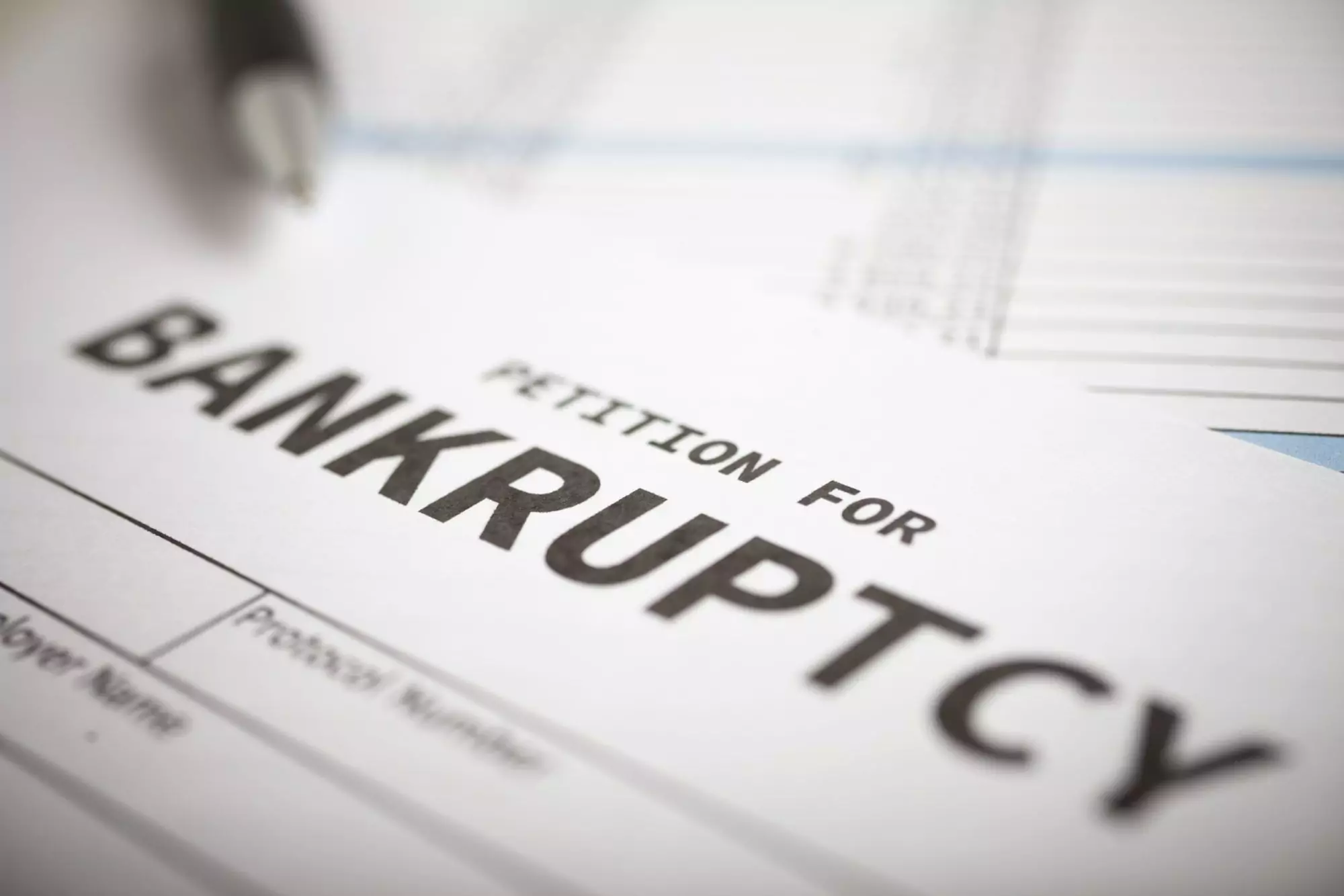Bankruptcy is a disruptive, unnatural process. Most business managers spend their time growing or maintaining companies, so they get plenty of exposure to general operations. However, for many managers who are guiding an organization going through a bankruptcy, it is likely their first experience with that process.
The long list of tasks that must be completed to wind-down operations in a bankruptcy can be daunting.
While the former management may be familiar with the business, they are not likely experts in the bankruptcy process. When the bankruptcy moves through the legal process and a Trustee is assigned to the case by the court, that person inherits the wind-down responsibilities. While the Trustee understands the bankruptcy process, their blind spot is often a lack of familiarity with the specific business, especially in highly regulated industries such as healthcare, financial services, and education.
Whether a bankruptcy is being managed by the ownership of the business or an appointed Trustee, a Records Custodian with significant bankruptcy experience can provide valuable insight to help bridge the gaps between industry-specific knowledge and the tasks associated with the bankruptcy shutdown process.
As the bankruptcy wind-down tasks are being completed and the Trustee is developing the long-term strategy to ultimately close the bankruptcy case, speed and cash preservation are key. Through the transition, items such as medical records, financial statements, and revenue management information must remain available to avoid further disruption. Providing ongoing access to the records, either physical copy or in the legacy system, may burn through monthly cash and is not a cost-effective, long-term solution for managing the records once the bankruptcy case is closed.
For those tasked with managing the bankruptcy wind-down process, choosing the right Records Custodian can make all the difference.
If the custodian can provide the technical expertise and resources to quickly cut ties with legacy records systems, while ensuring access to critical information during the wind-down period and deliver the long-term services necessary after the bankruptcy case is closed, tremendous savings and efficiencies can be realized. Typically, the amount of money spent in just one year to maintain records in their legacy systems can equal the entire cost of a custodial records solution, including the post-closure activities which can last for 7-20 years or more, depending on the statutory retention requirements. Aside from the obvious savings, a records custodian providing this level of efficiency enables the Trustee or ownership to focus on the long list of other wind-down tasks, where otherwise such opportunities for efficiency do not exist.
If you’d like more information about how a Records Custodian can help make the bankruptcy process more manageable, contact us today.











Comments (0)